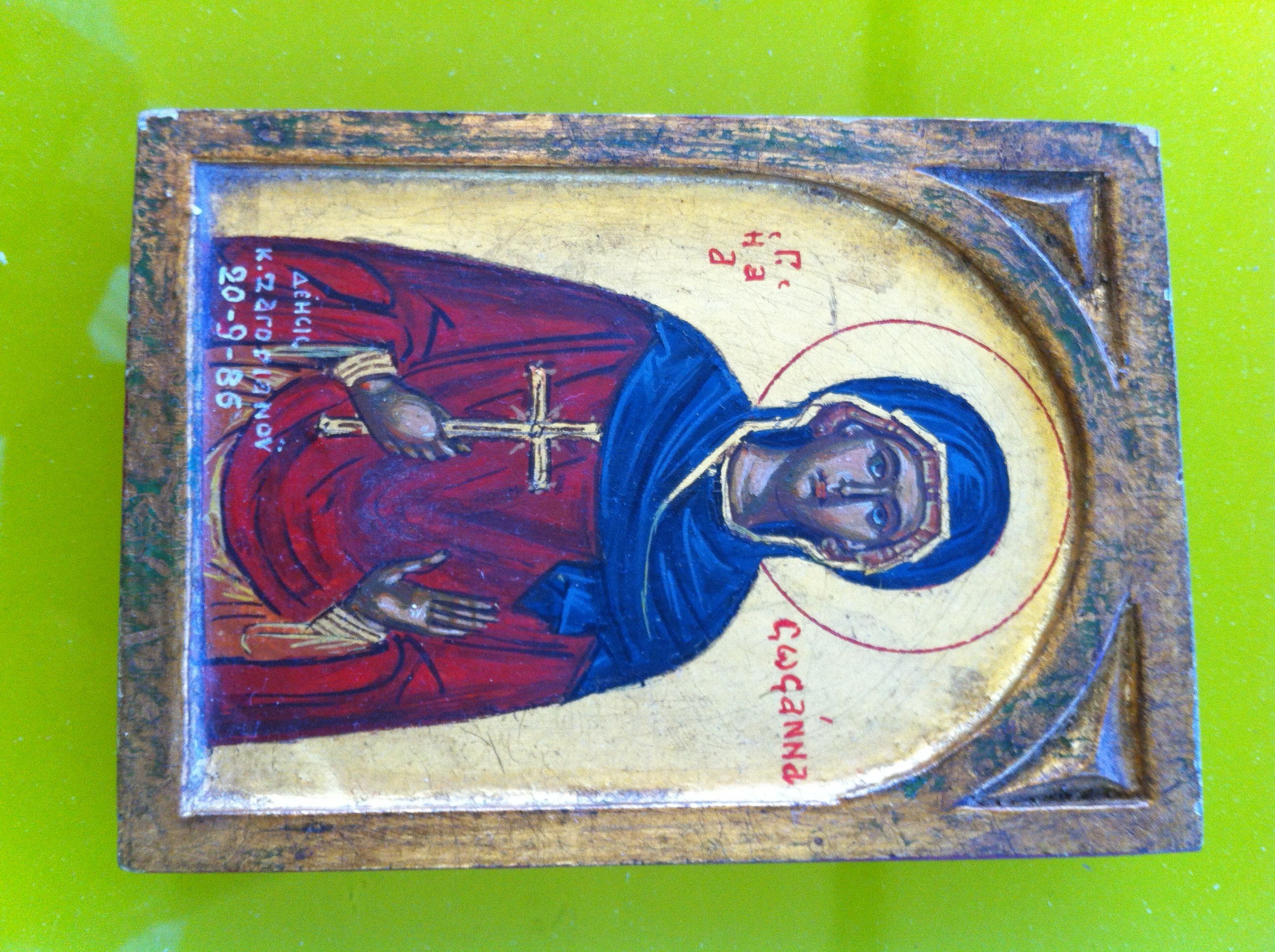At the present time, the beginning of the new year is celebrated by us on the 1st of January. Forty-five years before the Nativity of Christ, the Romans began celebrating the new year on the 1st of January instead of on the 1st of March, as had been done by them previously, and they spent this day in disorderly, noisy games in masquerade and in mindless merriment and abominable debauchery.
According to the beliefs of the pagan Romans, the first moment of the new year had a fateful influence on the whole yearly period of time: whoever would greet and spend the first day of the new year merrily, would live merrily during the course of the whole year; therefore, each one tried to greet and spend the first day of the new year as merrily and dissipatedly as possible. On the eve of the new year, men and women gathered in private houses and in inns in order to greet the new year in society. To be drunk on this day was considered indispensable even for those who did not like to get drunk on wine. Noise, shouting, songs, dances and hand-clapping filled the streets and buildings throughout the whole night. Men dressed up as women, and women, in their turn, did not lag behind the men in the art of disguise. Some put on the heads of cows, deer, dogs and other animals; others dressed up even as demons or assumed the appearance of their pagan gods and goddesses. They walked disguised about the city, from house to house, with noise, songs and dances. Sorcerers of various kinds, soothsayers and augurs, who conjectured by all possible means about the future, never had, perhaps, so many visitors as in this night - the eve of the new year. With the approach of morning, all hurried to one another to exchange greetings, good wishes and gifts on the occasion of the new year; they spent the evening of the day in banquets and amusements.
















































